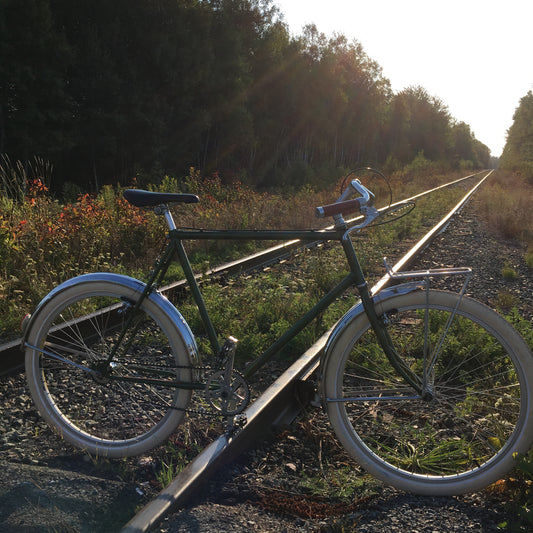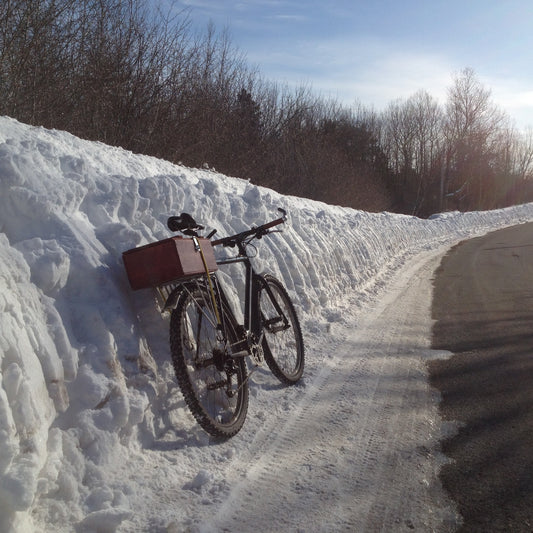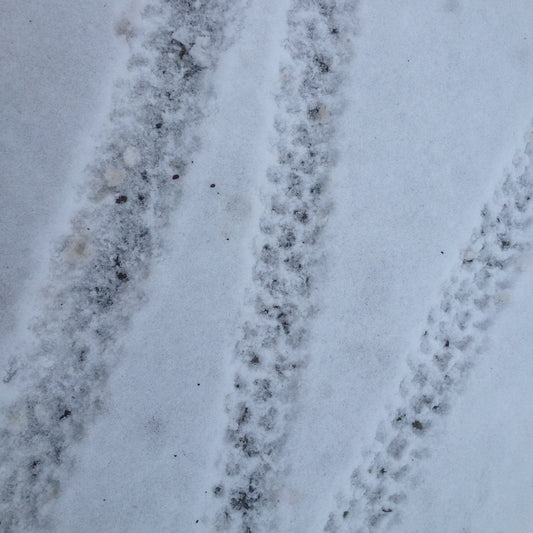bLoG

Path Racer: Sturmey-Archer Two-Speed
I may be the only one to admit this but winter commuting has become my favourite type of riding. Since I no longer have the time and opportunity for extended...
Path Racer: Sturmey-Archer Two-Speed
I may be the only one to admit this but winter commuting has become my favourite type of riding. Since I no longer have the time and opportunity for extended...

Ahhhhh...Winter!
I have discovered that winter riding is really what I love the most. I shouldn’t be surprised since I consider myself a winter person anyway. Most of my childhood leisure...
Ahhhhh...Winter!
I have discovered that winter riding is really what I love the most. I shouldn’t be surprised since I consider myself a winter person anyway. Most of my childhood leisure...

#mykithasnospandex
I have been meaning to write this blog for a while and today was the perfect day to do it. We have been having some great riding weather in Northeastern...
#mykithasnospandex
I have been meaning to write this blog for a while and today was the perfect day to do it. We have been having some great riding weather in Northeastern...
Other Options?
I am one of two riders I know of who lives in Pictou County that commutes to their daily commitments. I am sure there is probably one or two more...
Other Options?
I am one of two riders I know of who lives in Pictou County that commutes to their daily commitments. I am sure there is probably one or two more...
